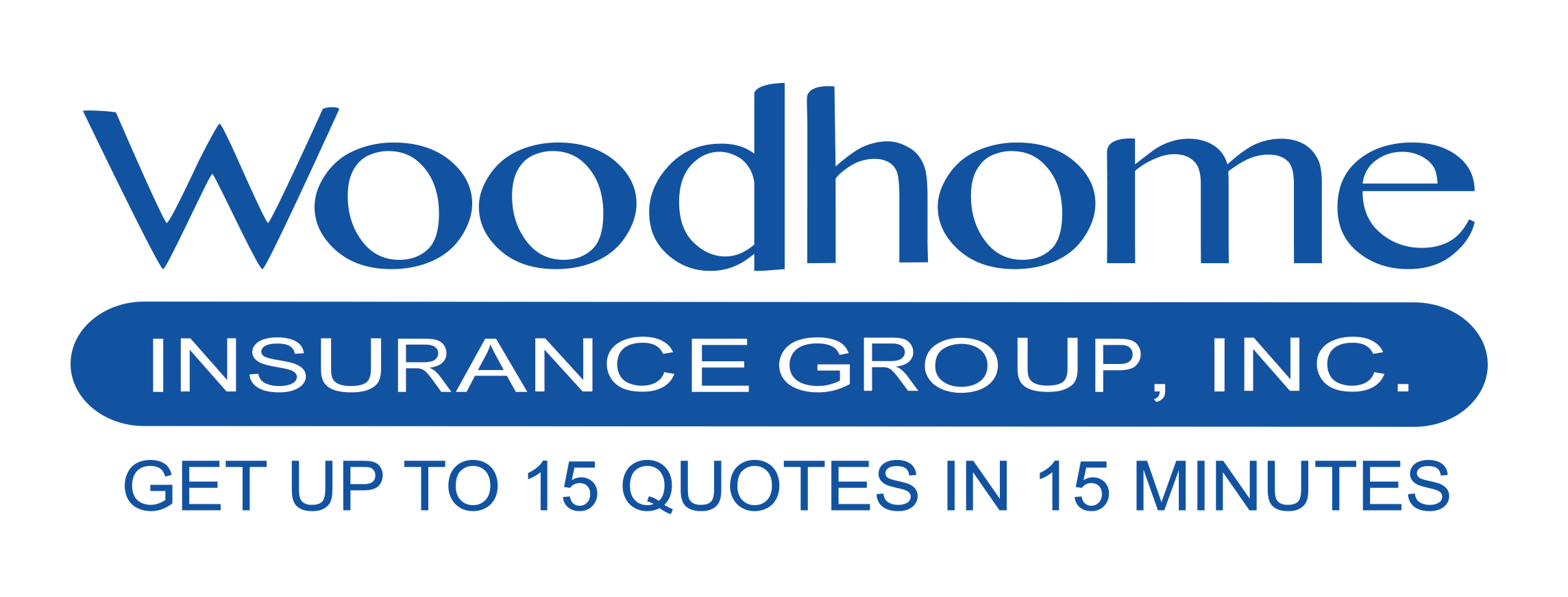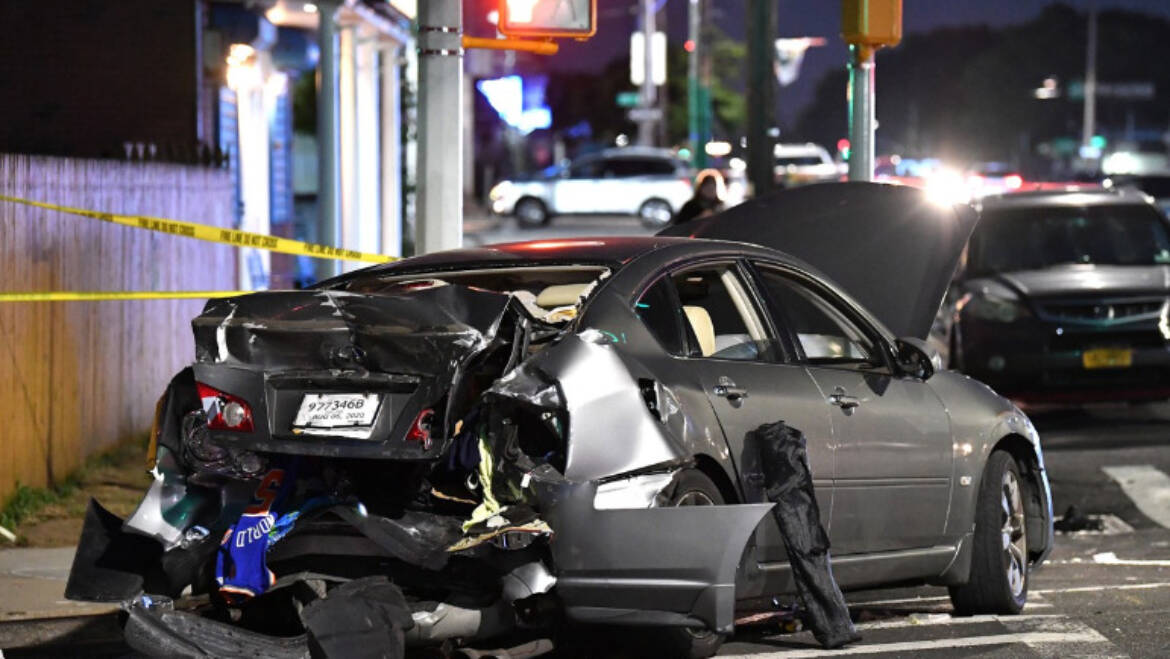Jim Gorzelany, Senior Contributor
It should come as little surprise to anyone that recent bouts of inflation, extended supply-chain shortages, and more drivers taking to the road in the post-pandemic era have caused car insurance premiums to rise by double-digit figures over the past year. According to a just-released study conducted by the personal finance website Bankrate.com, the average annual cost to insure a vehicle in the U.S. is $2,014, which is up by 13.72%. It now takes 2.93% of a family’s yearly income to pay for full coverage.
As always, an individual’s auto insurance costs are based on a variety of personal factors that range from one’s age, gender, marital status, address, and credit rating, the make and model covered, and the insured’s driving record.
Bankrate.com’s report
According to Bankrate.com’s report, any number of life changes can greatly affect what owners will pay to cover their coveted rides.
In terms of one’s motoring history, getting caught driving under the influence will raise premiums by an average of 5.67%, followed by an at-fault accident at 4.15%, and getting cited for speeding at 3.52%. While those are all to be expected, causing a lapse in coverage will tend to hike up auto insurance rates by an average of 3.21%, and that’s simply for neglecting to cover the cost of renewal promptly.
Those living in California will pay the biggest surcharge for getting into a single at-fault crash, with average annual rates jumping from $1,498 to $3,798. Michigan residents would be advised not to drink and drive, as being cited for a first-offense DUI will hike their average yearly car insurance premiums from $2,161 to a whopping $7,337. At that, Hawaiians will see their insurance bills rise the least after getting a speeding ticket at an average of $126 more annually.
Though the practice has been slammed by consumer advocates, auto insurers in most states can charge those with poor credit ratings higher premiums for what they perceive as being higher-risk drivers. Thus, it pays in more ways than one to keep current with credit cards and other payments. On average, someone having a poor credit score can expect to pay nearly twice for full coverage as a driver having excellent credit.
Family’s Auto Insurance Premiums
In general, sensible and sensibly priced family-minded rides will cost less to insure than luxury cars that cost more to repair if gotten into a wreck and sporty cars that practically beg to be driven aggressively. As an example, Bankrate.com cites the Honda Odyssey minivan, which starts at around $41,000, as one of the better bargains in this regard with an average annual premium of $1,735 for full coverage, compared to the $44,000 BMW 330i luxury sports sedan at $2,515, which represents a 69% increase.
Likewise, electric car owners face higher rates than those owning comparable internal combustion models, due to higher repair and component replacement (especially the prohibitively expensive battery pack) costs
Choosing a Vehicle
In addition to choosing a vehicle that’s inherently cheaper to insure and shopping around for the lowest rates, the easiest way for some to cut their costs in this regard can be to simply move to a new Zip Code. In general, those living in crowded urban areas having higher crime and accident rates will pay less than motorists who reside in sleepier suburban and rural regions.
What’s more, auto coverage costs vary from one state to another for all residents due to a variety of factors that include local weather conditions (especially hailstorms, hurricanes, and tornadoes), state insurance laws, and how friendly or combative local court systems are regarding claim-related judgments.
Bankrate.com data shows that Illinois suffered the largest increase in premiums over the past 12 months at 16.67 percent, followed closely by Alaska at a 15.42 percent boost. At the other end of the ledger, New Jersey motorists enjoyed a 7.24 percent drop in premium costs, while those living in Massachusetts drivers saw their rates fall by an average of 2.62%
Cheapest Annual Auto Insurance
For 2023, Bankrate.com says those living in these 10 states enjoy the cheapest annual auto insurance premiums in the nation:
- Maine ($941)
- Vermont ($1,061)
- Idaho ($1,133)
- New Hampshire ($1,262)
- Massachusetts ($1,262)
- Ohio ($1,266)
- Hawaii ($1,275)
- Wisconsin ($1,292)
- Indiana ($1,295)
- North Dakota ($1,302)
And here’s where residents pay the most for full coverage:
- New York ($3,139)
- Florida ($3,183)
- Louisiana ($2,909)
- Nevada ($2,779)
- Michigan ($2,691)
- California ($2,291)
- Kentucky ($2,124)
- Colorado ($2,121)
- Delaware ($2,103)
- Georgia ($2,085)
You can read the full report here.
WOODHOME INSURANCE
CALL TODAY FOR A FREE QUOTE!
(410) 580- 2800
#AUTOINSURANCE #CARINSURANCE #INSURANCEBROKERS

